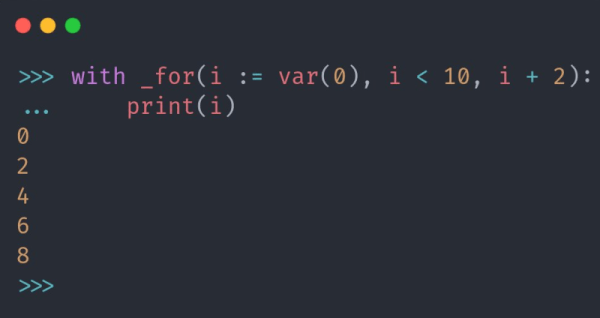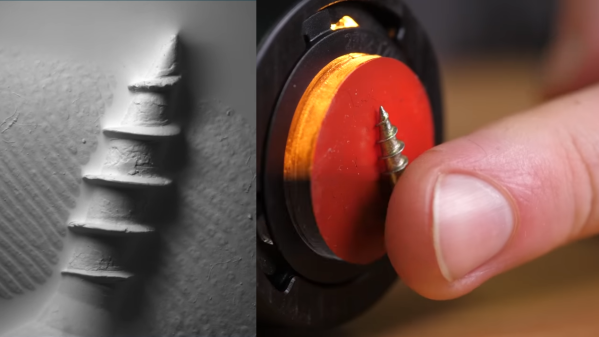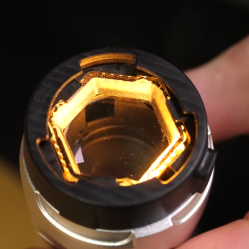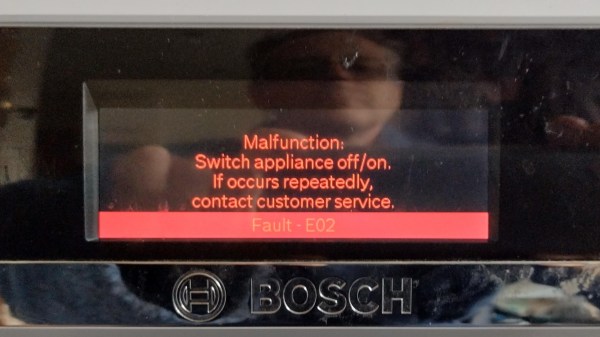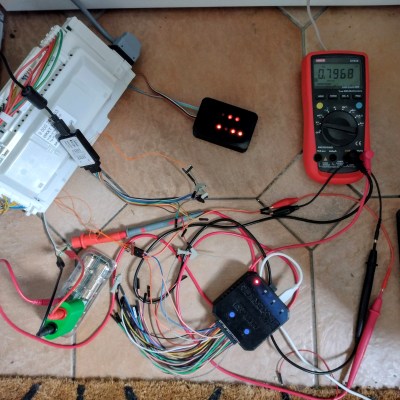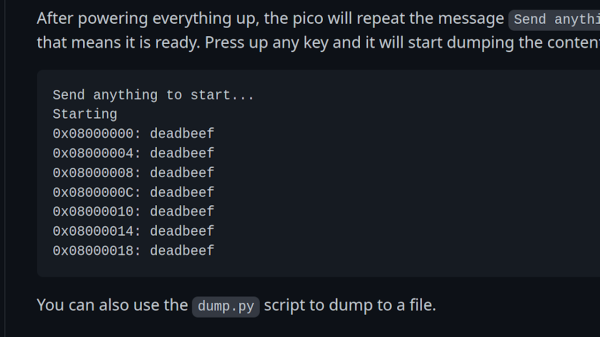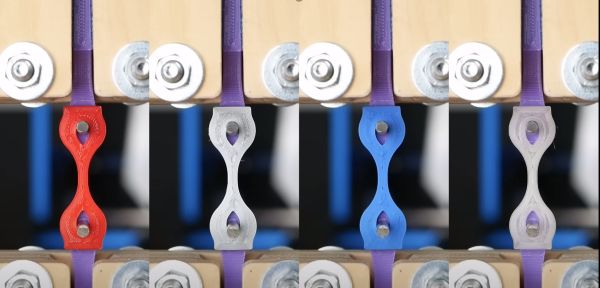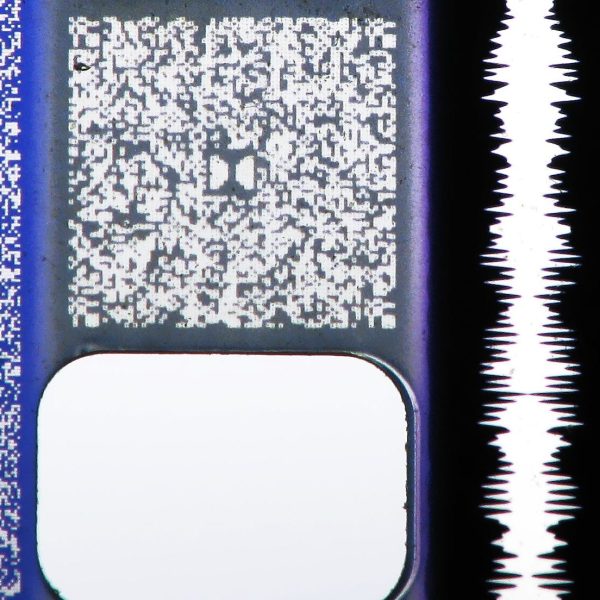When it comes to demining or finding victims after a disaster, dogs are well-known to aid humans by sniffing out threats and trapped humans with ease. Less well-known, but no less impressive are rats, with the African giant pouched rat being the star of the show. Recently a student at the Dutch Technical University of Eindhoven (TU/e) has demonstrated how these rats can sniff out buried victims, aided by a high-tech backpack that gives them a communication link back to their human handler.
All of this is done in association with the Belgian-registered and Tanzania-based NGO APOPO, whose achievements include training gold medal winner Magawa the rat, who helped find 71 landmines and dozens more types of UXO over a 5-year career. These landmine-hunting rats are known as HeroRATs and have been helping demine nations since the 1990s. They may be joined by RescueRats in the near future.
Each RescueRat is equipped with a backpack that contains a camera and battery, as well as GPS and altimeter. Each backpack includes a button that the rat is trained to press when they have found a victim — essentially dropping a pin on their human rescuer’s maps.
Figuring out the location of the victim inside the rubble pile is the real challenge. This is where a (LoRa) radio beacon in the backpack is triangulated using receivers placed around the area, allowing the rescuers to determine with reasonable accuracy where to focus their efforts.
(Thanks to [Roel] for the tip!)
Continue reading “Equipping Rats With Backpacks To Find Victims Under Rubble”


